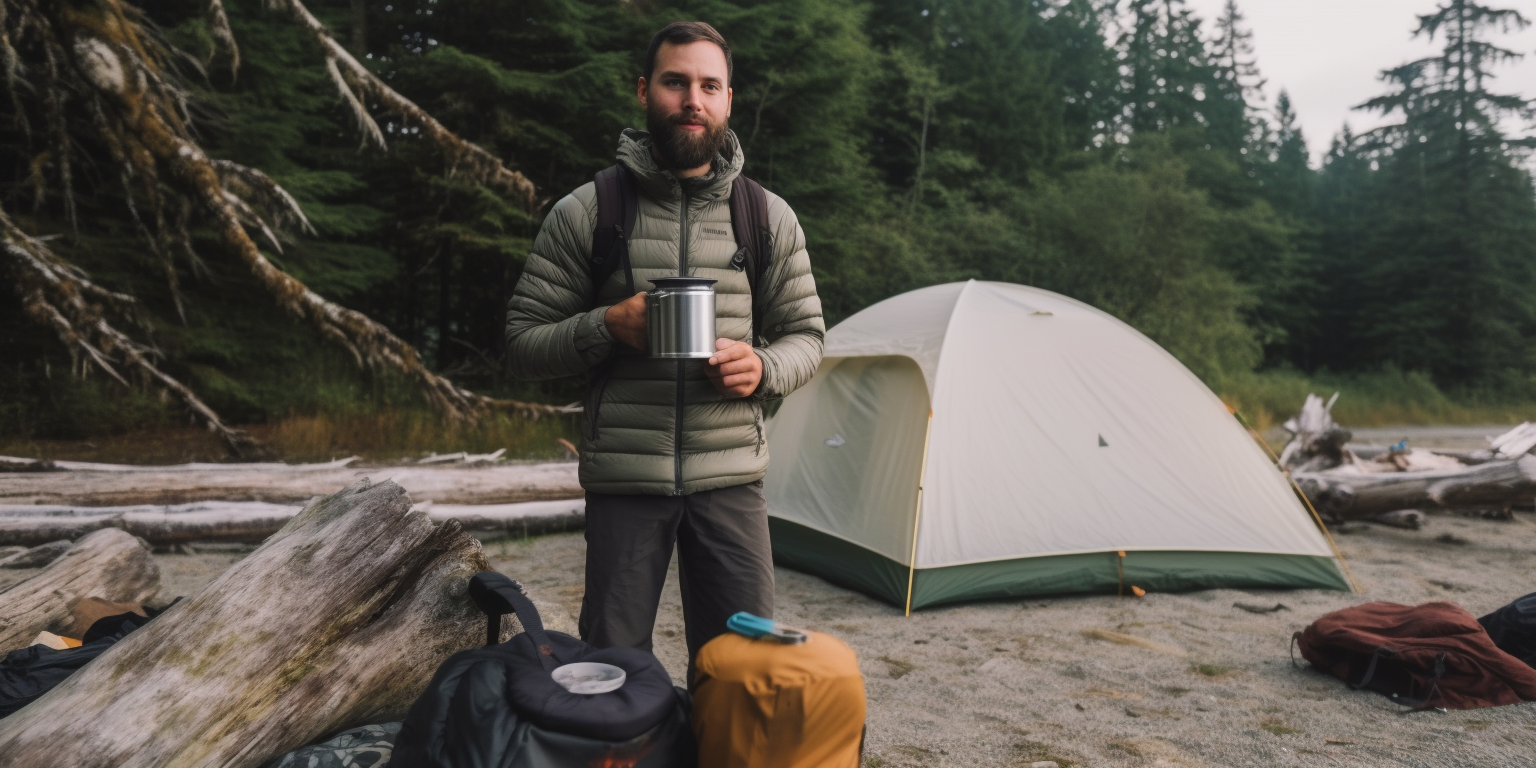
Starting a Campfire
Starting a Campfire
When you're out hiking or on an expedition, lighting a fire can be a useful skill to have. Whether you need it to cook food, keep warm, or signal for help, having the right equipment can make all the difference. In this article, we'll go over the best equipment to use for lighting a fire outdoors in the UK.
Firestarter
The first thing you need to light a fire is a firestarter. According to a survey conducted by the British Mountaineering Council in 2018, 50% of hikers and climbers bring matches or a lighter as their primary method of starting a fire. Ferrocerium rods are becoming increasingly popular, with 20% of respondents indicating they use them as their primary firestarter. It is important to ensure that the firestarter you choose is reliable and appropriate for the conditions you are facing. Some popular options include:
-
Matches: Matches are a tried-and-true firestarter that can be bought in any supermarket or outdoor store. However, they can be affected by wind and rain, and it's important to ensure they're kept dry and protected from the elements.
-
Lighters: A lighter is another popular firestarter option, and it's easier to use in windy conditions. However, like matches, it can be affected by the rain and wind, and it's important to keep it dry.
-
Ferrocerium rod: A ferrocerium rod is a type of firestarter that produces sparks when struck with a piece of metal. They're lightweight and durable, making them a popular choice for outdoor enthusiasts. It's also worth noting that they can be used in all weather conditions.
Once you have a firestarter, you'll need kindling to get your fire going. A study conducted by the Forestry Commission in 2019 found that leaves, dry grass, and small sticks are the most commonly used types of kindling in the UK. You can find kindling in nature, but it's also a good idea to bring some with you. You can buy pre-packaged kindling from outdoor stores, or you can make your own by gathering twigs and breaking them into small pieces.
FuelAfter you've got your kindling going, you'll need to add fuel to keep the fire burning. The same study conducted by the Forestry Commission found that the most commonly used types of fuel in the UK are logs, followed by coal and wood pellets. It's important to use dry fuel, as damp or wet fuel will not burn as well. It's also a good idea to use sustainably-sourced fuel to minimize your impact on the environment.
Fire Pit or FireboxIf you're lighting a fire in an area that doesn't already have a fire pit, it's important to create one. This will prevent the fire from spreading and damaging the environment. According to the UK government's guidance on wild camping, fires should not be lit directly on the ground, as this can damage vegetation and leave a lasting impact on the environment. Instead, a fire pit or firebox should be used to contain the fire and prevent it from spreading.
Safety EquipmentWhen lighting a fire outdoors, it's important to prioritize safety. Extinguishing a campfire is a crucial step in preventing wildfires and protecting the environment. To extinguish a campfire, you should:
-
Use water or dirt to cool the fire and reduce flames.
-
Stir the ashes and embers with a shovel or stick to make sure all burning material is fully extinguished.
-
Repeat the process until the fire is completely out and the ashes are cool to the touch.
In the UK, the Forestry Commission recommends that campers pour water over their campfire, stir the ashes and embers, and then pour more water over the site to ensure it is completely out. It is also important to pack out any remaining ashes and to scatter them at least 30 meters away from the campsite.
You should also make sure you're not lighting a fire in a prohibited area and follow any local guidelines for fire safety.
In Addition
It's also worth noting that in addition to the items mentioned above, there are other pieces of equipment that can make lighting a fire easier and more efficient. For example, a fire-starter kit that includes a fire-starter, kindling, and fuel can be a convenient way to ensure you have everything you need in one package. You may also want to bring a shovel or trowel to help dig a fire pit, and a pair of heavy-duty gloves to protect your hands when handling hot materials.
Finally, it's important to remember that lighting a fire outdoors comes with a responsibility to respect the environment and the wildlife that inhabits it. Always leave your campsite better than you found it by properly extinguishing your fire and properly disposing of any waste. By doing so, you'll help ensure that the natural beauty of the UK's wild places can be enjoyed by future generations.
Suggested Articles
Embracing the Great Outdoors: How to Plan a Zero-Waste Camping Trip in the UK
As climate change and waste disposal continue to be pressing issues worldwide, many people are adopting sustainable ...
Untamed Beauty: The UK's Top 10 Off-Grid Destinations for Adventure Seekers
Discover hidden gems and extraordinary landscapes as you embark on a journey to the United Kingdom's most remote and ...
The Science of Staying Warm: Choosing the Right Clothing and Gear for Cold-Weather Expeditions
Cold-weather expeditions can be exhilarating and rewarding, but they also require careful planning and the right clot...




